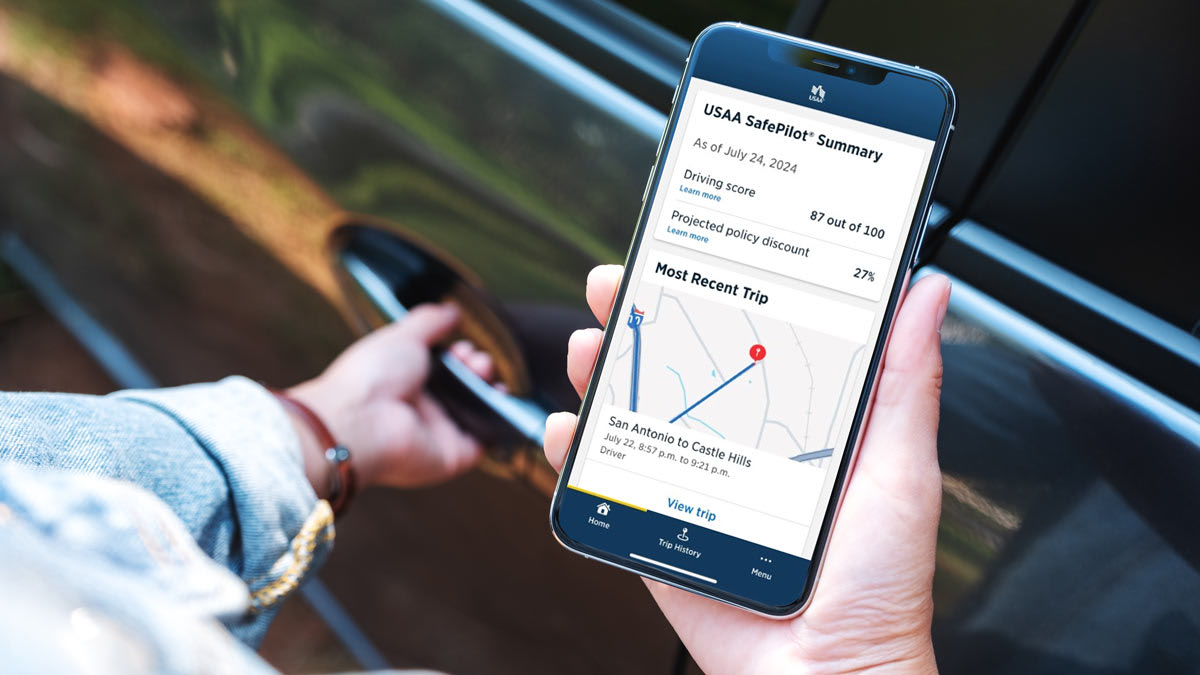What if you could pay for car insurance based on how much you actually drive rather than paying a fixed premium regardless of your vehicle usage?
Understanding Pay-As-You-Drive Insurance
Usage-Based Auto Insurance, particularly Pay-As-You-Drive (PAYD) coverage, represents a revolutionary approach to auto insurance quotes that aligns premiums with actual vehicle usage. Unlike traditional insurance models that charge fixed rates regardless of how much you drive, PAYD insurance calculates premiums based on the number of miles driven, making it an attractive option for low-mileage drivers seeking cheap car insurance.

Modern apps track mileage and driving habits for pay-as-you-drive insurance
The fundamental principle behind PAYD insurance is simple: the less you drive, the less you pay. This model recognizes that reduced driving time correlates with lower accident risk, creating a more equitable pricing structure that rewards drivers who use their vehicles less frequently. For many drivers, especially those working from home, using public transportation, or owning multiple vehicles, PAYD insurance can result in substantial savings compared to traditional policies.
How Pay-As-You-Drive Insurance Works
PAYD insurance systems track mileage through various technologies:
- Mobile Apps: Most insurers offer smartphone applications that use GPS technology to track mileage automatically.
- Plug-in Devices: Small telematics devices that connect to your vehicle's OBD-II port to monitor mileage and sometimes driving behavior.
- Self-Reporting: Some traditional insurers offer basic mileage-based discounts with periodic odometer readings or photo verification.
- Integrated Systems: Some newer vehicles come with built-in telematics that can connect with insurance programs.
Unlike more comprehensive telematics auto insurance programs that monitor various aspects of driving behavior, PAYD insurance primarily focuses on mileage as the key rating factor. Some programs may incorporate additional elements like time of day driving or basic safety metrics, but mileage remains the central component in determining premiums.
Most PAYD programs offer a base rate plus a per-mile charge, allowing drivers to see exactly how their driving habits affect their insurance costs. This transparency helps drivers make informed decisions about their vehicle usage and potentially reduce their insurance expenses.
Benefits of Pay-As-You-Drive Coverage
PAYD insurance offers numerous advantages for eligible drivers:
- Potential Savings: Low-mileage drivers can save 10-25% or more compared to traditional insurance premiums.
- Fair Pricing: Premiums are based on actual risk rather than statistical averages.
- Environmental Benefits: Encourages reduced driving, which can lead to lower emissions and less traffic congestion.
- Increased Awareness: Drivers become more conscious of their vehicle usage and may seek alternative transportation options.
- Flexibility: Some programs allow drivers to adjust their coverage as their driving habits change.
Usage-based insurance can provide significant savings for low-mileage drivers
Research has shown that PAYD insurance not only benefits individual drivers but can also have broader societal impacts. Studies indicate that mileage-based insurance can reduce vehicle miles traveled by 5-15%, leading to decreased traffic congestion, lower accident rates, and reduced environmental impact.
PAYD vs. Traditional Insurance
The key differences between PAYD and traditional auto insurance include:
- Pricing Structure: Traditional insurance uses fixed premiums based on demographic factors, while PAYD uses variable pricing based on actual mileage.
- Risk Assessment: Traditional policies rely on historical data and statistical models, while PAYD focuses on current driving behavior.
- Payment Options: Some PAYD programs offer monthly billing based on actual mileage, while traditional policies typically require fixed monthly or annual payments.
- Coverage Options: Both models offer similar coverage types, but PAYD may have specialized options tailored to low-mileage drivers.
It's important to note that PAYD insurance isn't the best option for everyone. High-mileage drivers, those with inconsistent driving patterns, or individuals who value privacy may prefer traditional insurance models. However, for the growing number of drivers who use their vehicles less frequently, PAYD offers a more equitable and potentially more affordable alternative.
Applications for Business Insurance
PAYD insurance isn't just for individual drivers—it's also transforming business insurance for companies with vehicle fleets:
- Cost Control: Businesses can better manage insurance costs by aligning premiums with actual vehicle usage.
- Efficiency Monitoring: Mileage tracking provides valuable data for optimizing fleet operations.
- Driver Accountability: Creates incentives for employees to drive only when necessary.
- Environmental Initiatives: Supports corporate sustainability goals by encouraging reduced vehicle usage.
For businesses with seasonal usage patterns or irregular driving needs, PAYD insurance offers flexibility that traditional policies cannot match. This adaptability makes it particularly valuable for industries with fluctuating transportation requirements.
Conclusion: A Flexible Approach to Auto Insurance
Usage-Based Auto Insurance with Pay-As-You-Drive coverage represents a significant shift in how auto insurance quotes are calculated and how premiums are determined. By aligning costs with actual vehicle usage, these programs offer a more equitable and potentially cheap car insurance option for drivers who use their vehicles less frequently.
As technology continues to evolve and driving patterns change, PAYD insurance is likely to become increasingly popular. For individual drivers and businesses alike, this innovative approach to auto insurance offers not only potential cost savings but also greater control over insurance expenses and the opportunity to contribute to broader environmental goals.

